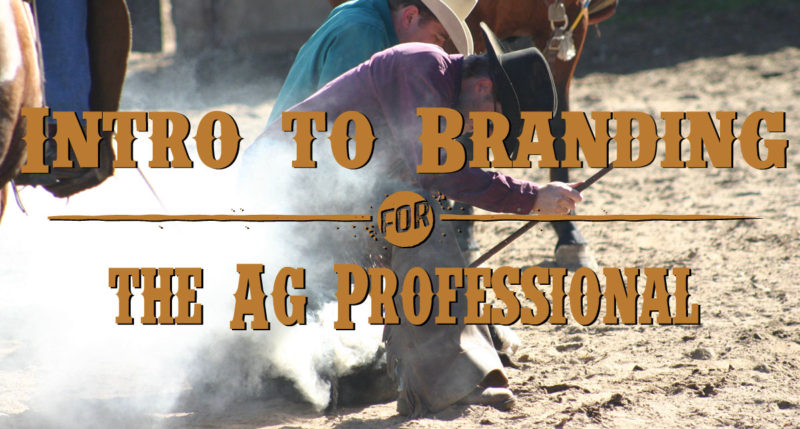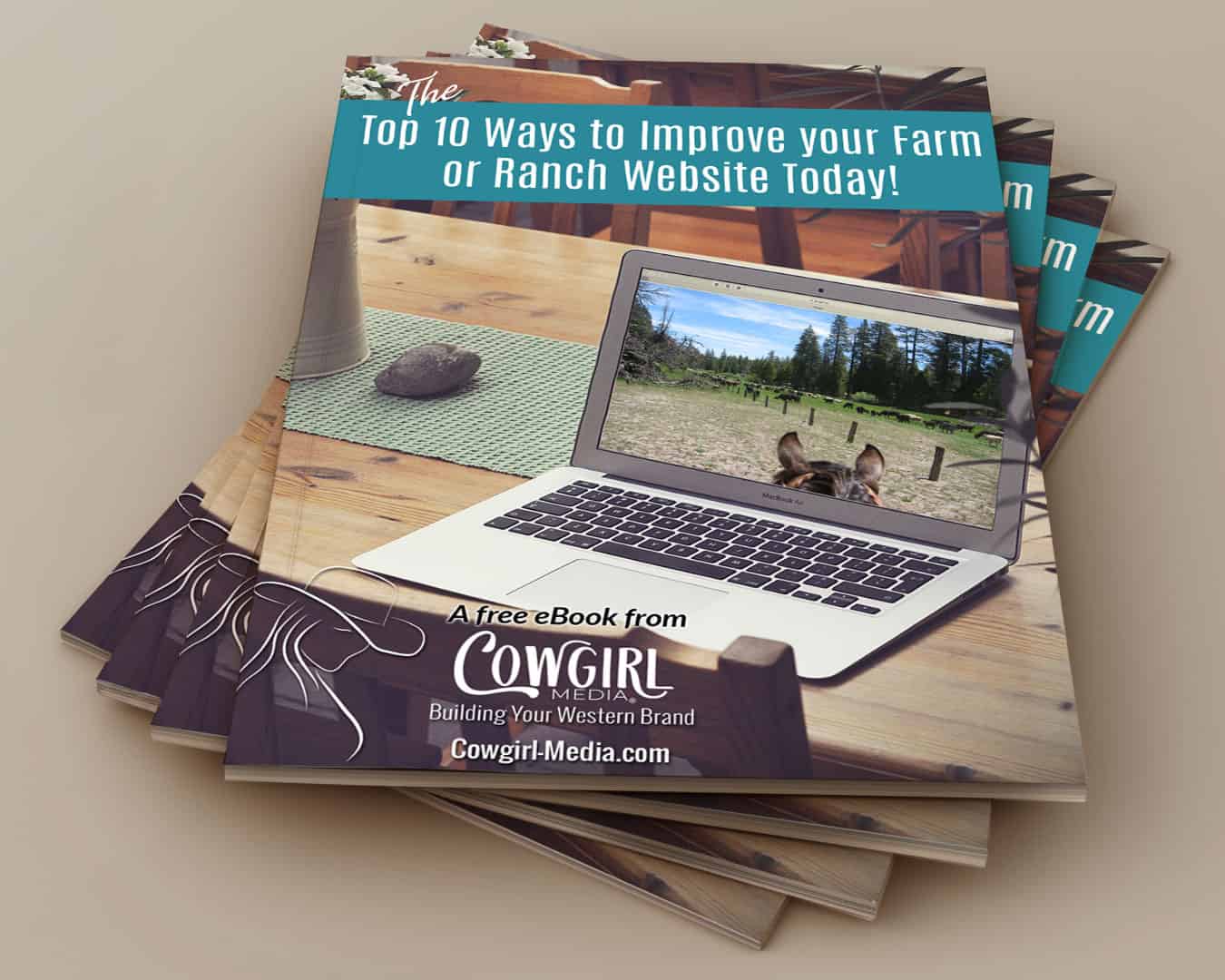The Branding Pen Series - Article 3

Especially for us in the agricultural world, the word “branding” usually makes us think of gathering up cattle and branding all the new calves every spring. When you think about it, that’s definitely part of what “branding” for your business is (a small part, albeit); identifying your business with a visual mark.
A brand in its entirety however, is so much more than just a mere symbol that represents you. A “brand” is also the ideas behind what you stand for, how you do business, what you provide to your customers, your promise to them and what they’ll remember about you. It’s what sets you apart from everyone else.
Therefore it’s important to understand that branding is not just about getting your target market to choose you over your competitor, but it is about getting your prospects to see you as the only one that provides a solution to their problem.
According to Wikipedia, “A brand is a customer experience represented by a collection of images and ideas; often, it refers to a symbol such as a name, logo, slogan, and design scheme.”
I love that they’re referring to it as a customer experience, because that is what your customer will remember!
You can’t be all things to all people. Trying to market to the masses will just water down, or dilute, the effect of your marketing efforts and your marketing money.
The foundation of your brand is your logo. All the other elements such as your website, ads, social media (which should all include your logo), will communicate your brand and your brand message.
Brand Message & Brand Equity
Your brand message will communicate very clearly who you are and what you stand for, and should evoke some emotion from your prospective customer. Emotion is what sells, especially if you are selling to a consumer as opposed to another business. This message should be evident in everything you produce from business cards to websites to printed ad materials.
A clear brand message will lead to a clear brand strategy. Your brand strategy is the how, what, where, when and to whom you want to deliver your powerful brand message. Where will you advertise? Will you use printed advertisements or the internet? Where does your ideal client hang out so you can deliver your message? Will you deliver your message verbally or visually?
Strong, consistent and strategic branding will lead to a strong brand equity. What this means for you is that because you bring added value to your product or service, you can charge more for YOUR brand than someone who has not branded themselves as effectively. The old adage, “you get what you pay for” is your friend. Let’s take Carhardt, for example. We’ll spend the extra money on a Carhardt coat because it’s durable, it’s warm, it looks good, and Carhardt stands behind its products. We won’t skimp and buy an off brand, because Carhardt has already established that they are what we want and need, therefore we’ll pay a few extra bucks for it. That is a strong brand equity.
Another example would be Nike shoes (I use Nike as an example frequently, because they have great marketing!). Nike associates it’s products with famous athletes, because we want to be those people. Maybe if we buy Nike shoes, we’ll jump as high, run as fast, it will make jogging easier and we’ll actually do it, because we want to be like the athlete in the ad. Nike is using our emotions to sell more shoes, and it works.
Defining Your Brand
This can be a very tedious process, and in some cases can take years. I am a good example of this. I struggled with logos and colors and defining who I was for years, and of course until I knew who I was and who I wanted to work with, there was no way I could begin to establish a brand and everything that goes along with that.
Whenever you’re trying to establish this there are several questions that you need to ask yourself and we will go into these in depth in later articles. Suffice it to say that you need to do your research and know what your customers want. Don’t rely on what you think they want, find out what it is they actually want. Think like they do, or as I’ve heard a zillion times, if I’ve heard it once, “read the cattle”.
Once you’ve defined your brand in great detail, you need to get it out there. Create a great logo, come up with a slogan or tagline, and write your brand message. Most importantly, be consistent and be true to your brand. Keep the promises you make and the customers will keep coming back.
So, now you know a little bit more about what marketing means to you, and you have a better understanding of what branding is, in a business sense, you’re ready to roll up your sleeves and get to work.
The next steps to establishing your brand are to figure out exactly what you’re selling by determine your niche, and then who your ideal client is, and why it’s so critical to understand who they are, what problems they face and how you can help them with that.
Click here to read the next article “Establish Your Brand: Identify Your Niche & Your Niche Slice”.





